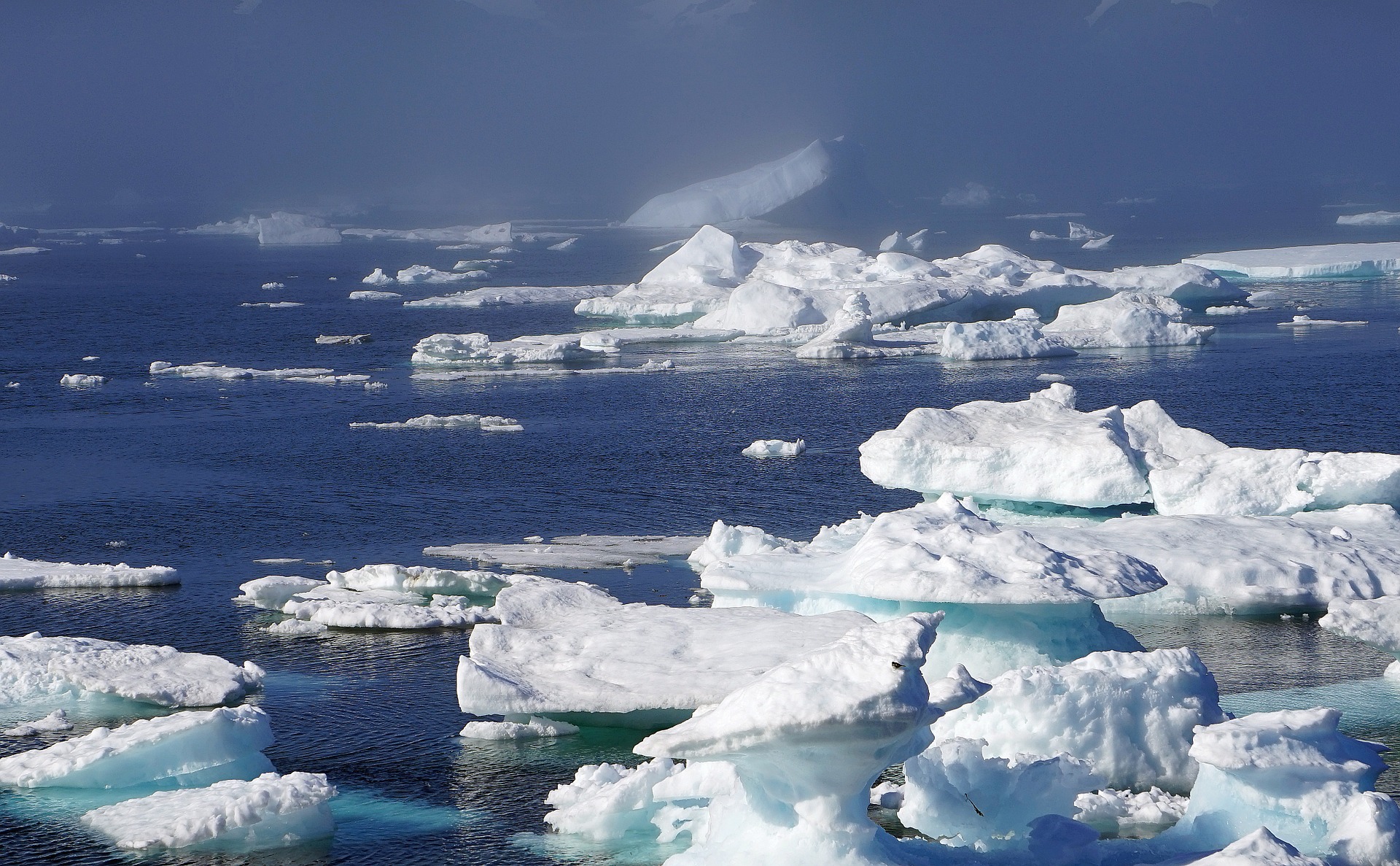MAIN IMAGE: A new study published Wednesday revealed that Greenland’s ice sheet experienced record melting in 2019. SOURCE: Bernd Hildebrandt, Pixabay
Greenland’s ice sheet experienced record melting in 2019 due to “unprecedented atmospheric conditions” which meant that the earth absorbed more sunlight than usual, according to a new study published in The Cryosphere on Wednesday.
The study, conducted by Marco Tedesco of Columbia University and Xavier Fettweis of the University of Liège, revealed that surface melt in 2019 was the highest since 1948. Runoff in 2019 was also the second highest ever, only following that of 2012.
The researchers used regional climate model outputs and satellite data to compare ice melt in 2019 to that of the average ice melt from 1981 to 2010. Their research revealed that in 2019, up to 95.8% of the ice sheet underwent melting, compared to the average of 64.3% from 1981 to 2010.
“We’re destroying ice in decades that was built over thousands of years,” Tedesco told Reuters. “What we do here has huge implications for everywhere else in the world.”
Speaking to the Guardian, co-author Feittweis said, “This melt event is a good alarm signal that we urgently need to change our way of living to hold [back] global warming because it is likely that the [Intergovernmental Panel on Climate Change] projections could be too optimistic for [the] Arctic.”
The authors attributed the unprecedented melting to persistent high pressure systems, which caused reduced cloudiness in the south, and thus less summer snowfall and less reflection of sunlight. Together, this meant the earth absorbed more sunlight than usual, increasing the rate at which the ice covering the land mass melted. Similar conditions also caused the big melt in 2012.
The researchers said that the effect of high pressure systems on Greenland’s melting is not adequately simulated in popular climate models. Most global climate models currently used by the scientific community to predict Greenland’s current and future ice loss underestimate the magnitude of Greenland’s warming since the mid-1990s.
The authors hope their work will assist with better estimates of Greenland’s current and future contributions to sea level rise. This may have been under-reported in current climate datasets.




